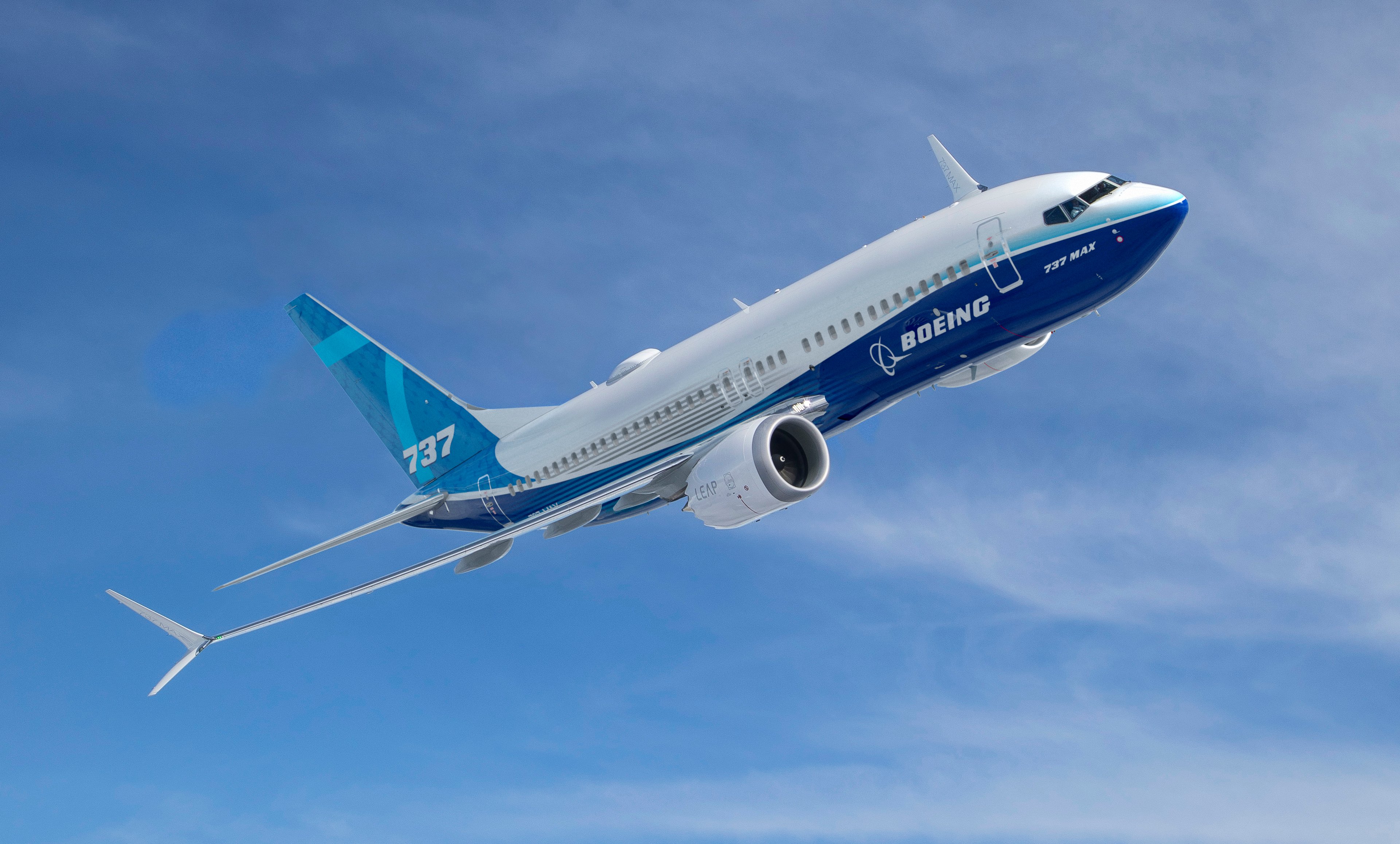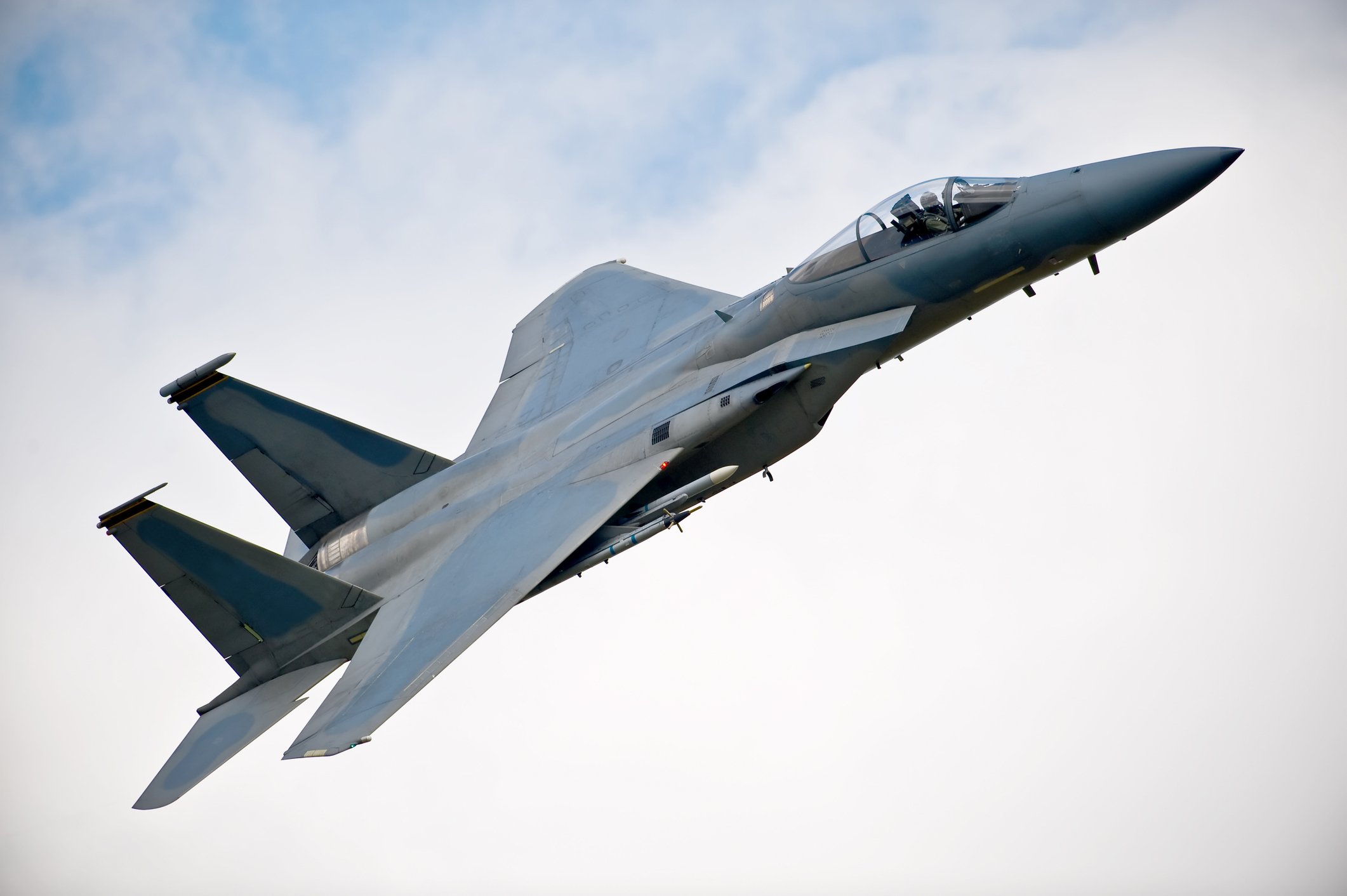
Next-Generation Bomber concept. Photo credit: Boeing.
There's not a lot known about the U.S. Air Force's super-secret, next-generation Long Range Strike-Bomber, or LRS-B, project. But what we do know is enough to send pulses racing -- especially if you're a defense investor. Specifically, the Air Force plans to purchase 80-100 LRS-Bs, for an average of $550 million per unit procurement cost.
More importantly, a win of this magnitude could be a significant boost to one -- or perhaps two -- lucky defense contractors' profits. So, the question for investors is: Who is likely to win the LRS-B contract?
The Air Force seeks bids
As I wrote before, long-range bombers like the B-52, B-1, and B-2 are iconic Air Force symbols, and provide the Air force with a capability that no other nation has -- the ability to rapidly deploy tailored effects anywhere in the world. Unfortunately, the above planes are old, and the technology is outdated. As such, the Air Force needs a replacement, and in fact, Fox News reports that Secretary of the Air Force, Deborah Lee James stated, "The LRS-B is a top modernization priority for the Air Force."
Additionally, while the LRS-B is a classified program, USNI News reports that the LRS-B "will likely be a very long-range subsonic aircraft with broadband stealth capability designed to defeat low-frequency radars as effectively as high frequency sets." Further, it'll likely eventually be capable of delivering nuclear weapons, and have the option of being unmanned (initially it'll be manned). So, who will likely bid on this project?
A teaming of the titans
When the two top defense contractors in the world team up to win a contract, you know they're in it to win it. Specifically, Boeing (BA +1.98%) and Lockheed Martin (LMT +1.18%) have joined forces to bid on the LRS-B contract, and if they win, Boeing will be the prime, and Lockheed will be the subprime. Furthermore, besides being the top two defense heavyweights, this dynamic due has a number of things going for it.

A B-52H drops a load of M117 750lb bombs. Photo credit: USAF via Boeing.
Of all the bombers mentioned above, the B-52 is perhaps the most iconic, and it's the longest lasting (it's been flying since the 1960's) -- and it just happened to be built by Boeing. In addition, both Boeing and Lockheed have considerable experience when it comes to making planes -- just to name a few: Lockheed manufactures the C-130 Hercules, the F-35, and the P-3 Orion; while Boeing manufactures the F-18, the KC-46A Tanker, and the P-8. Obviously, this titan team is one to watch.
The company behind the Bat Wing
While the teaming of Lockheed and Boeing presents a significant challenge to any other defense contractor hoping to win the LRS-B contract, it doesn't mean they're guaranteed to win. In fact, if anyone can challenge them it's Northrop Grumman (NOC 0.61%). While Boeing built the B-52, Northrop is the company behind the B-2 stealth bomber -- the only U.S. aircraft that combines large payload, long range, and stealth in a single platform.

B-2 in flight banking to the right. Photo credit: Northrop Grumman.
Further, when it comes to unmanned technology (an option the Air Force wants for the LRS-B) no one beats Northrop -- just to name a few, Northrop builds the Fire Scout, the MQ5B Hunter, and the incredibly impressive Global Hawk.
Who will win?
The contract award isn't expected to be announced until spring 2015, so right now there's no way to know for certain who will win. Still, the joint forces of Lockheed and Boeing are impressive, and will be hard to overcome. That's not to say Northrop doesn't have a fighting chance -- it does -- but as of right now I'd say Boeing and Lockheed are the more likely victors. However, that could quickly change if Northrop also decides to partner with another defense giant. There's no word on it doing so yet, but considering Northrop partnered with Airbus to bid on the KC-46A Tanker, it's not outside the realm of possibilities.
Regardless of who wins, what's certain is that this contract is worth a significant amount of money -- including research and development, the total cost could exceed $80 billion -- and could be a healthy boost to the winner's bottom line. Consequently, this is something defense investors should keep on their radar.








